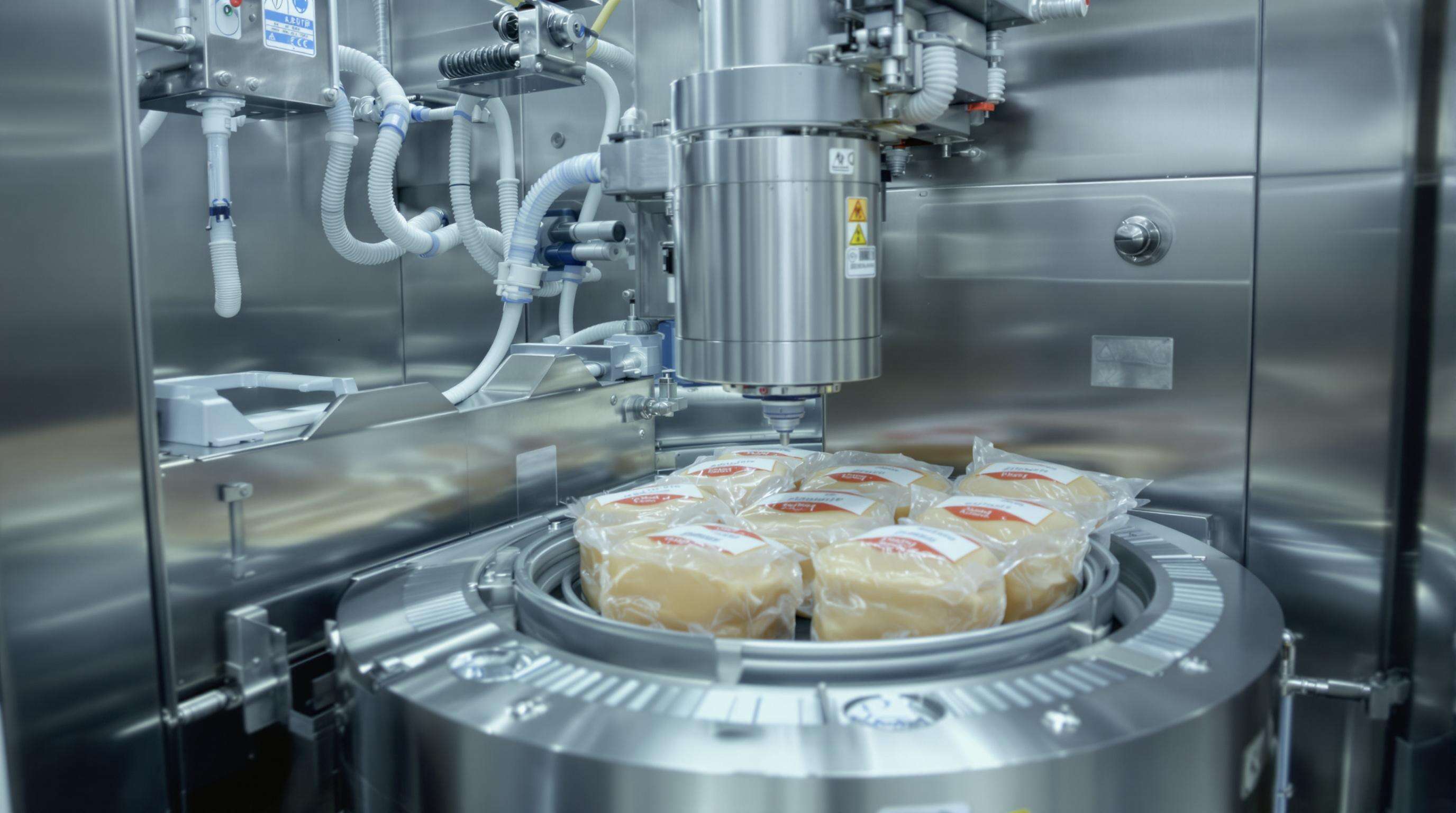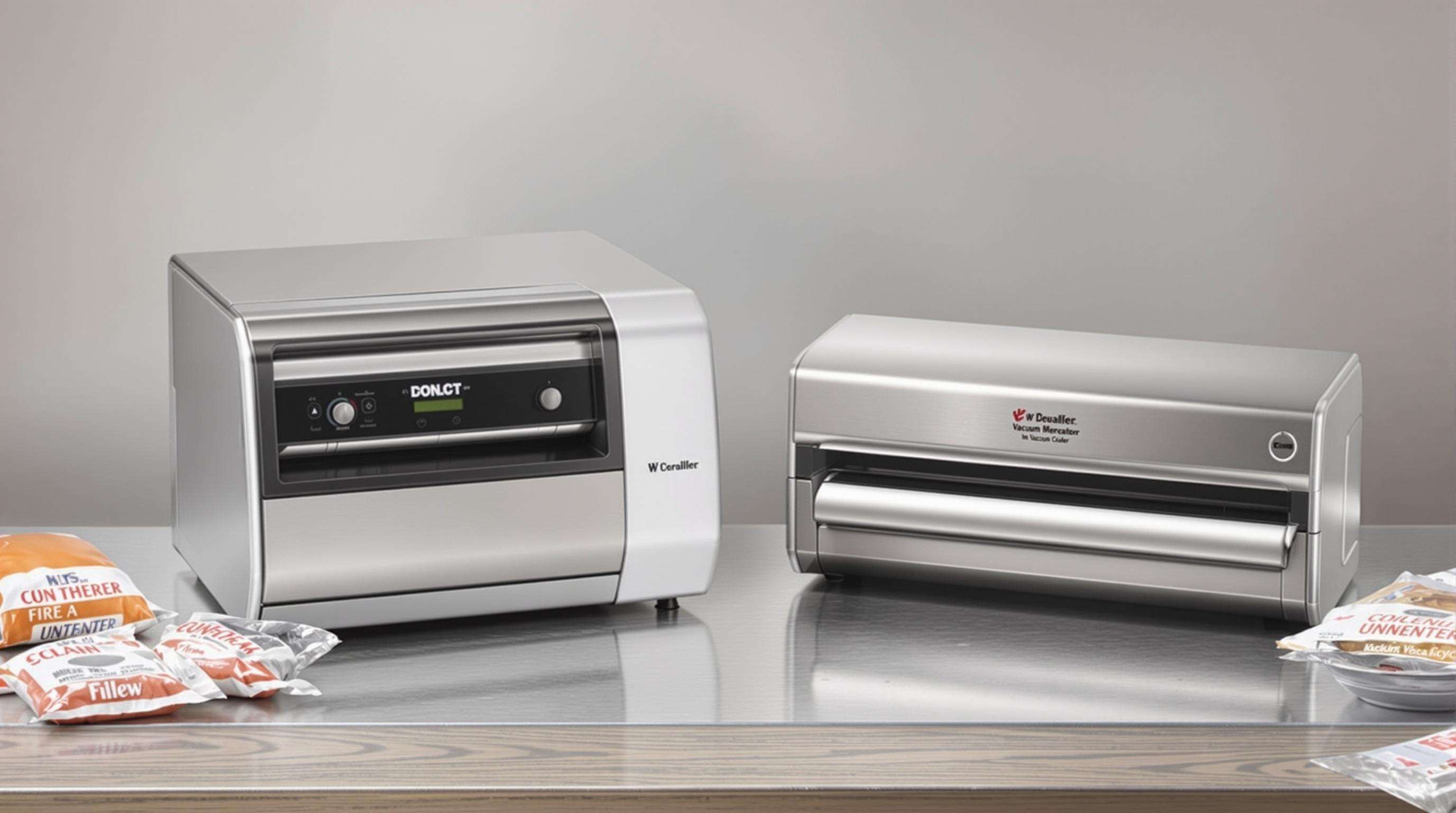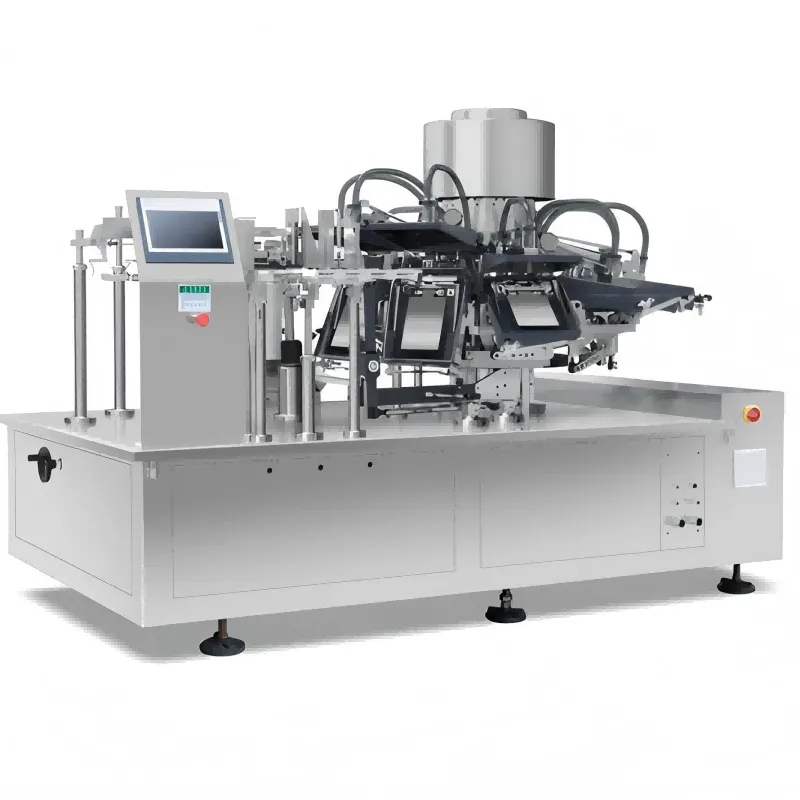Defining the Vacuum Packaging Machine: Core Functions and Industry Applications
Vacuum packaging machines remove air from sealed containers to create oxygen-deprived environments that inhibit microbial growth and oxidation. These systems extend product shelf life while ensuring compliance with strict industry standards, serving critical roles in food processing, pharmaceuticals, and medical device manufacturing.
Key Components: Vacuum Pump, Heat Sealing Bar, and Control Panel
Three elements drive performance:
- Vacuum pumps evacuate 95-99% of air from packaging chambers
- Heat sealing bars fuse polymer layers at 150-200°C to create airtight seals
- Programmable control panels enable precise pressure (-0.95 to -1.0 bar) and temperature adjustments
The Science Behind Air Removal: Oxygen's Role in Food Spoilage
Reducing residual oxygen below 0.5% inhibits 98% of spoilage organisms while preserving color and texture (Journal of Food Protection 2023). Modern machines incorporate gas flushing to maintain optimal oxygen levels:
- 0.1% for cured meats
- 0.5-1.0% for fresh produce
Cross-Sector Utilization: Food Safety to Pharmaceutical Compliance
While most vacuum packaging applications focus on perishable foods, the technology is equally vital for:
- Sterilized surgical instrument packaging (ISO 11607 compliance)
- Moisture-sensitive electronics protection
- Military ration preservation
The global vacuum packaging market is projected to grow at 5.8% CAGR through 2030.
Operational Mechanics: Step-by-Step Process of Vacuum Packaging

Air Extraction: Creating an Oxygen-Depleted Environment
Industrial-grade pumps generate suction forces up to 0.1 bar, reducing oxygen levels below 1% – a critical threshold for inhibiting bacteria and mold growth.
Sealing Techniques: Heat-Based vs. Impulse Methods
Two primary sealing mechanisms:
- Heat-based sealing: Uses sustained temperatures (200–250°C) for dry goods
- Impulse sealing: Rapid heat bursts (0.5–2 seconds) for moist foods
Impulse methods maintain 98% seal integrity with liquid-rich contents (USDA Food Safety Report, 2023).
Seal Integrity Verification: Pressure Tests and Visual Inspections
Industrial facilities use:
- Pressure decay tests: Monitoring for bubble formation under pressure
- Laser scanners: Detecting micron-level seal irregularities
Machine Variants: Chamber vs. External Vacuum Sealers Compared

Chamber Models: Industrial-Grade Preservation Solutions
Chamber vacuum sealers achieve oxygen removal rates below 10 mbar, ideal for high-throughput industrial applications.
External Sealers: Flexible Options for Moist/Liquid Contents
Suction-based external models accommodate irregular shapes and moist foods, with 15–20 second cycle times for commercial kitchens.
Handheld Units: Portable Solutions for Occasional Use
Weighing under 3 lbs, these battery-powered units are suitable for home kitchens and small-scale retailers.
Critical Applications in Food Preservation and Beyond
Meat and Produce: Extending Shelf Life by 300-500%
Vacuum packaging slows bacterial growth rates by 4-6x, extending refrigerated meat preservation from 5-7 days to 3-5 weeks. It also reduces enzymatic browning in produce by 80-90%.
Medical Devices: Sterility Maintenance in Pharma Packaging
Medical-grade vacuum sealers create hermetic environments with <0.1% residual oxygen, meeting ISO 11607 standards for sterile barrier systems.
Dairy Products: Preventing Oxidation in Cheese and Yogurt
Vacuum packaging inhibits mold growth on soft cheeses by 87% and reduces fat oxidation in aged cheddars at 85% efficiency.
Optimizing Settings for Different Food Types and Textures
Dry Goods: Standard Vacuum Pressure Parameters
Dry products require vacuum pressures between 0.08-0.12 bar to remove 98% of ambient air without compression.
Liquid-Rich Foods: Managing Moisture with Liquid Block Features
Specialized protocols and silicone-coated chambers enable higher vacuum efficiency in wet environments.
Delicate Items: Pulse Function for Fragile Product Preservation
Cyclic vacuum bursts prevent compression damage while achieving 85-90% air removal efficacy for sensitive items.
Recent research presented at the IFT FIRST symposium highlights these preservation benefits.
FAQ
What is a vacuum packaging machine?
A vacuum packaging machine removes air from a sealed container, creating an oxygen-deprived environment to inhibit microbial growth and oxidation, helping extend product shelf life.
How does vacuum packaging preserve food?
By reducing residual oxygen levels, vacuum packaging inhibits spoilage organisms and preserves color and texture, effectively extending the shelf life of products.
What are the main industries that use vacuum packaging?
Vacuum packaging is commonly used in food processing, pharmaceuticals, medical devices manufacturing, electronics protection, and military ration preservation.
What are the different types of vacuum packaging machines?
Vacuum packaging machines include chamber models, external sealers, and handheld units, each catering to different application requirements such as industrial-grade preservation or home use.
Why is seal integrity important in vacuum packaging?
Seal integrity ensures the packaging's effectiveness in maintaining the oxygen-depleted environment necessary for preserving the product inside by preventing air from entering.
Table of Contents
- Defining the Vacuum Packaging Machine: Core Functions and Industry Applications
- Operational Mechanics: Step-by-Step Process of Vacuum Packaging
- Machine Variants: Chamber vs. External Vacuum Sealers Compared
- Critical Applications in Food Preservation and Beyond
- Optimizing Settings for Different Food Types and Textures
- FAQ

